Gold-plated jewelry has become a popular choice for those who want the luxurious look of gold without the hefty price tag. But when it comes to choosing between 18k and 24K gold-plated jewelry, many are left wondering which is the better option. In this article, we’ll explore the differences between these two types of gold plating, helping you make an informed decision.
What is Gold Plating in Jewelry?
Gold plating is a process that involves applying a thin layer of gold onto the surface of another metal. This technique is widely used in the jewelry industry to create pieces that have the appearance of solid gold at a fraction of the cost.
Gold plating involves electroplating, where an electric current is used to deposit a thin layer of gold onto a base metal. This process not only enhances the visual appeal of the jewelry but also provides a protective layer against tarnishing.
- Electroplating : Uses an electric current to bond gold to the base metal.
- Base Metals : Commonly used metals include brass, copper, and silver.
- Thickness : The thickness of the gold layer can vary, affecting durability and appearance.
Types of Gold Plating
There are several types of gold plating, each with its unique characteristics. The most common types include flash plating, heavy gold plating, and gold vermeil.
- Flash Plating : A very thin layer of gold, often less than 0.175 microns thick.
- Heavy Gold Plating : Typically 2.5 microns thick, offering better durability.
- Gold Vermeil : A thicker layer of gold over sterling silver, often used in high-quality pieces.
18K vs 24K Gold Plating: Key Distinctions
When comparing 18k and 24K gold-plated jewelry, it’s essential to understand the differences in composition, color, and durability.
Composition and Purity
The primary difference between 18k and 24K gold plating lies in the gold’s purity.
- 18K Gold Plating : Contains 75% gold and 25% other metals, offering a balance of durability and color.
- 24K Gold Plating : Pure gold, providing a rich, vibrant hue but is softer and more prone to wear.
Color Variations
The color of gold-plated jewelry can vary significantly between 18k and 24K options.
- 18K Gold : Has a slightly muted, warm yellow tone due to the alloyed metals.
- 24K Gold : Offers a bright, intense yellow color, often considered the most luxurious.
Durability and Wear Resistance
Durability is a crucial factor when choosing between 18k and 24K gold-plated jewelry.
- 18K Gold Plating : More durable due to the presence of alloyed metals, making it suitable for everyday wear.
- 24K Gold Plating : Softer and more prone to scratches, requiring more careful handling.
Comparing 18K and 24K Gold Plated Jewelry
Understanding the cost, applications, and quality standards can help you decide which type of gold plating is right for you.
Cost Differences
The cost of gold-plated jewelry can vary based on the purity of the gold used.
- 18K Gold Plating : Generally more affordable due to the lower gold content.
- 24K Gold Plating : Typically more expensive, reflecting the higher gold purity.
Typical Applications
Both 18k and 24K gold-plated jewelry have their unique applications.
- 18K Gold Plating : Commonly used in rings, bracelets, and everyday accessories.
- 24K Gold Plating : Often reserved for statement pieces and special occasions.
Quality Standards
Quality standards for gold-plated jewelry can vary, impacting the overall appearance and longevity.
- 18K Gold Plating : Adheres to industry standards for durability and color consistency.
- 24K Gold Plating : Requires careful craftsmanship to maintain its luster and prevent wear.
Pros and Cons of 18K Gold Plating
Choosing 18k gold-plated jewelry comes with its own set of advantages and limitations.
Advantages for Jewelry Makers
18k gold plating offers several benefits for jewelry makers and consumers alike.
- Affordability : Provides a luxurious look at a lower cost.
- Durability : More resistant to scratches and wear.
- Versatility : Suitable for a wide range of jewelry styles.
Potential Limitations
Despite its benefits, 18k gold plating has some drawbacks.
- Color : May not have the same vibrant hue as 24K gold.
- Maintenance : Requires regular cleaning to maintain its shine.
Pros and Cons of 24K Gold Plating
24K gold-plated jewelry is known for its superior purity and luster, but it also has its challenges.
Superior Purity and Luster
The primary appeal of 24K gold plating is its unmatched purity and shine.
- Rich Color : Offers a deep, vibrant yellow hue.
- Luxurious Appearance : Ideal for high-end jewelry pieces.
Considerations for Daily Wear
While 24K gold plating is stunning, it may not be the best choice for everyday wear.
- Softness : More prone to scratches and dents.
- Care Requirements : Needs careful handling to maintain its appearance.
Choosing Between 18k, 24K, Gold Plated Jewelry
When deciding between 18k and 24K gold-plated jewelry, consider your personal preferences and lifestyle.
Factors to Consider
Several factors can influence your choice of gold-plated jewelry.
- Budget : Determine how much you’re willing to spend.
- Occasion : Consider whether the jewelry is for everyday wear or special events.
- Style : Choose a gold tone that complements your wardrobe.
Best Options for Different Jewelry Types
Different types of jewelry may benefit from different gold plating options.
- Everyday Jewelry : 18K gold plating offers durability and affordability.
- Statement Pieces : 24K gold plating provides a luxurious, eye-catching appearance.
Gold Plating Trends in the Jewelry Industry
The jewelry industry is constantly evolving, with new trends emerging in gold plating.
Current Market Preferences
Current trends in gold-plated jewelry reflect consumer preferences for style and affordability.
- Minimalist Designs : Simple, elegant pieces are in high demand.
- Mixed Metals : Combining gold with other metals for a unique look.
Future Projections
The future of gold-plated jewelry looks promising, with several trends on the horizon. Precious metals comparison Gold silver and platinum are often compared to see which is most valuable and useful for different purposes like jewelry or investments Karat gold differences The higher the karat number the more pure gold is in the jewelry while lower karat numbers mean less pure gold and more other metals mixed in
Gold color distinctions Gold can range from pale yellow to deep orange and may appear shiny or matte depending on how it’s processed or what it’s mixed with Rose gold jewelry trends Soft pink-tinted metal is becoming more popular for rings necklaces and bracelets Many people like how it looks with different skin tones
- Sustainable Practices : Increasing demand for eco-friendly materials and processes.
- Innovative Designs : New techniques and styles continue to emerge.
Caring for Your 18k, 24K, Gold Plated Jewelry
Proper care is essential to maintain the beauty and longevity of your gold-plated jewelry.
Cleaning Methods
Regular cleaning can help preserve the shine and appearance of your jewelry.
- Gentle Cleaning : Use a soft cloth and mild soap to clean your jewelry.
- Avoid Harsh Chemicals : Keep your jewelry away from bleach and other harsh substances.
Storage Tips
Proper storage can prevent damage and tarnishing.
- Separate Storage : Store each piece separately to avoid scratches.
- Cool, Dry Place : Keep your jewelry in a cool, dry environment.
FAQs
Does 24K gold plating tarnish?
24K gold plating is less prone to tarnishing than lower karat gold. However, the base metal beneath the gold layer can still affect its appearance over time. Proper care and storage can help maintain its luster.
How long will 18k gold plated jewelry last?
The lifespan of 18k gold-plated jewelry depends on factors like wear frequency and care. With proper maintenance, it can last several years. Regular cleaning and avoiding exposure to harsh chemicals can extend its life.
Can you wear 24k gold plated jewelry in the shower?
It’s not recommended to wear 24K gold-plated jewelry in the shower. Water and soap can cause the gold layer to wear off more quickly. To preserve its appearance, remove your jewelry before showering.
Is 24k gold plated jewelry okay for everyday wear?
24K gold-plated jewelry is not ideal for everyday wear due to its softness. It is more prone to scratches and wear. For daily use, consider 18k gold-plated options, which offer better durability.
Which is more expensive: 18K or 24K gold plated jewelry?
24K gold-plated jewelry is generally more expensive than 18k due to its higher gold content. The cost reflects the purity and luxurious appearance of 24K gold. However, 18k offers a more affordable alternative with good durability.2).

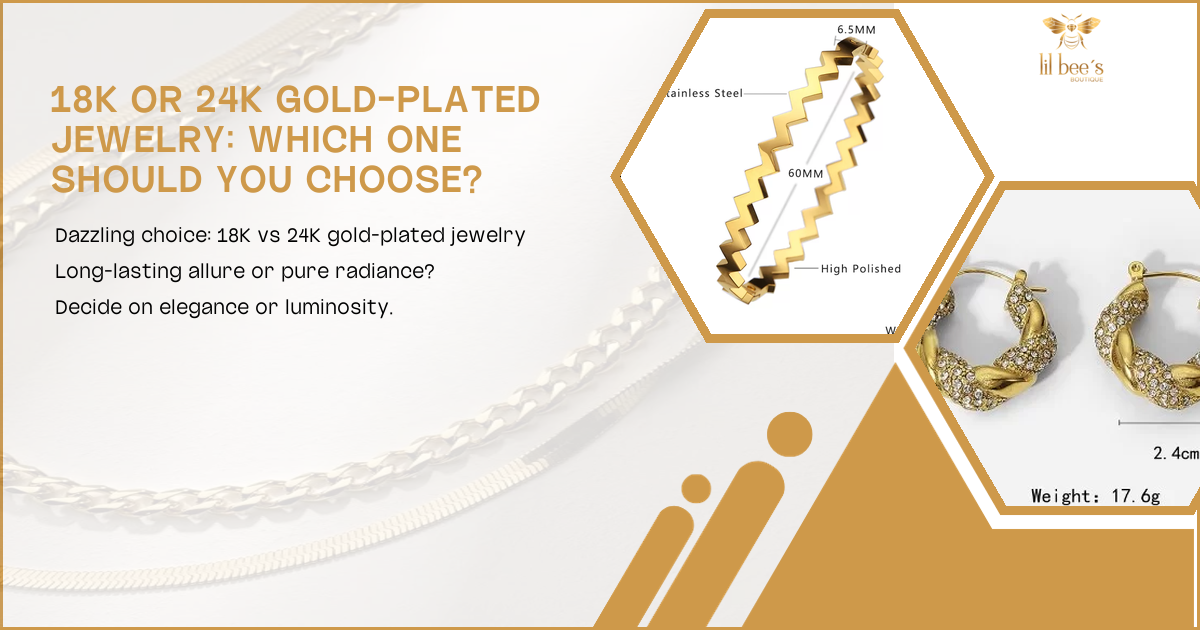
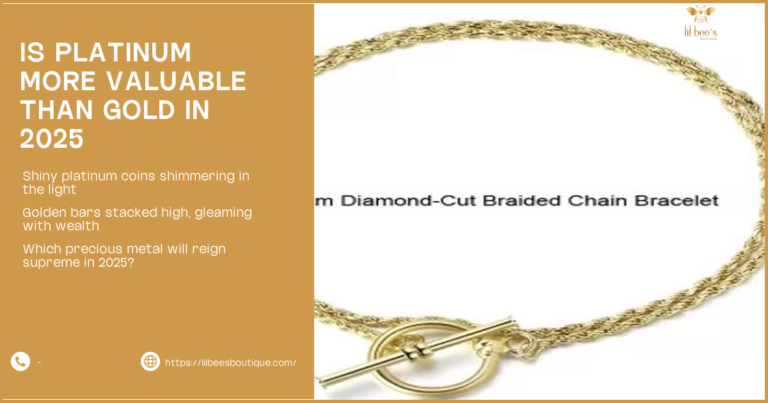
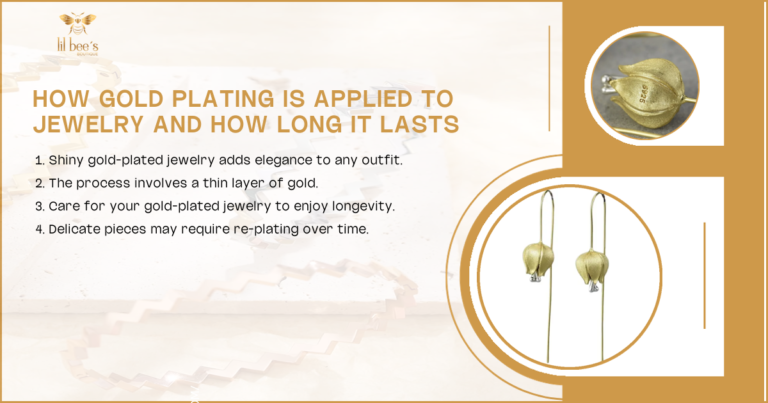
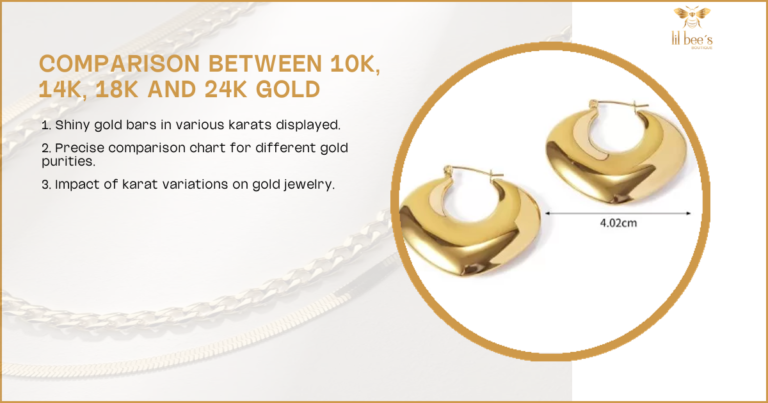
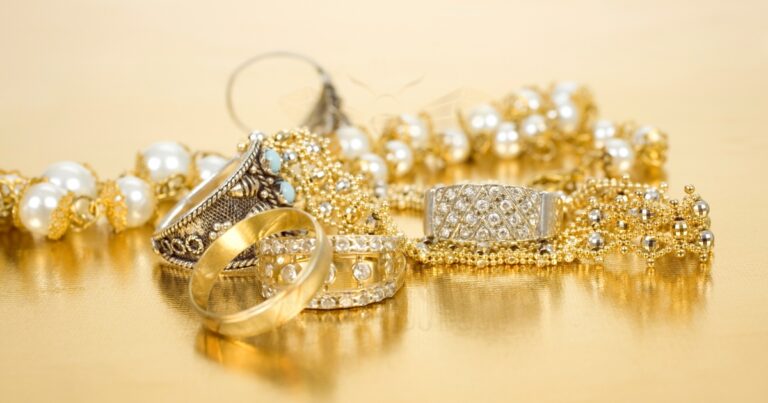
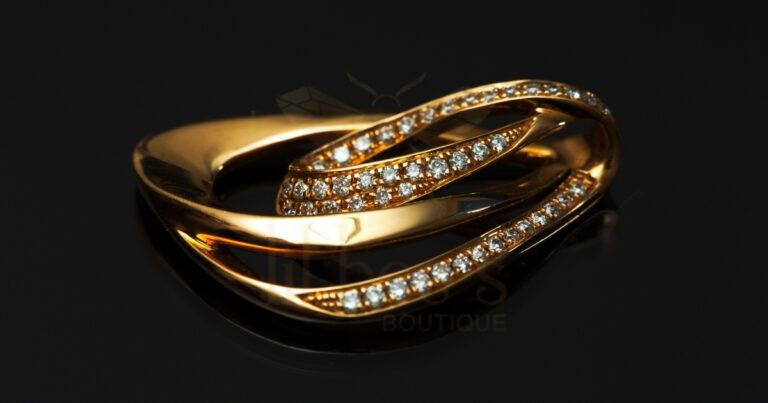
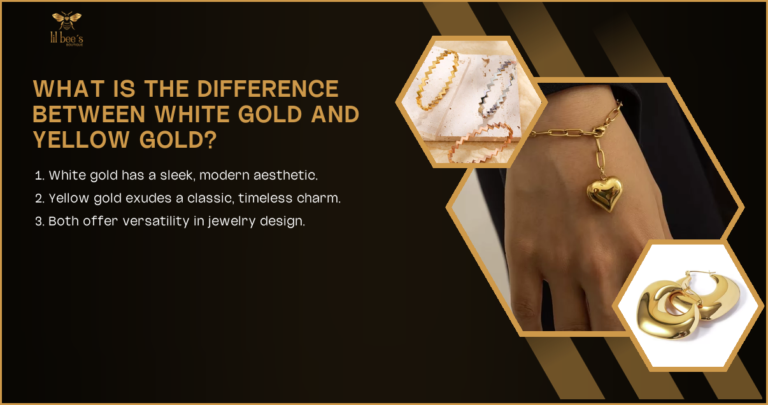
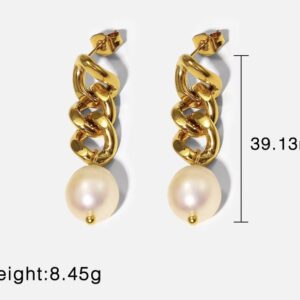 Chunky Chain Earrings - Stainless Steel Jewelry
Chunky Chain Earrings - Stainless Steel Jewelry  Silver Chunky small hoops - Stainless Steel Jewelry
Silver Chunky small hoops - Stainless Steel Jewelry